Diana Jenkins, Evelyn Yamine and Greg Barila

INDIGENOUS NEWS
Reading level: Orange
Australia isn’t known as a bilingual* nation – but this year’s Indigenous Literacy* Day may be about to change that.
Showcasing* three new bilingual books for kids, and including performances by Jessica Mauboy, Josh Pyke and more, the famous sails of Sydney Opera House will travel right around Australia on Friday 6 September in the first ever livestream* of the Indigenous Literacy Foundation’s* (ILF) annual event, so schoolkids can watch in class wherever they live and learn.

Students will hear directly from the Communities where these books were created, discover why and how bilingual books are used, and learn more about Indigenous cultures* through storytelling and song.
ILF CEO Ben Bowen said that UNESCO’s* Decade* of Indigenous Language (2022-2032) highlights* “the importance of accessing First Nations languages”.
“The increasing popularity of Indigenous languages being used in published books is securing* future generations of readers and speakers of Indigenous languages,” Mr Bowen said. “As we all know, when kids are strong in their identity* and culture they are set up for success.”
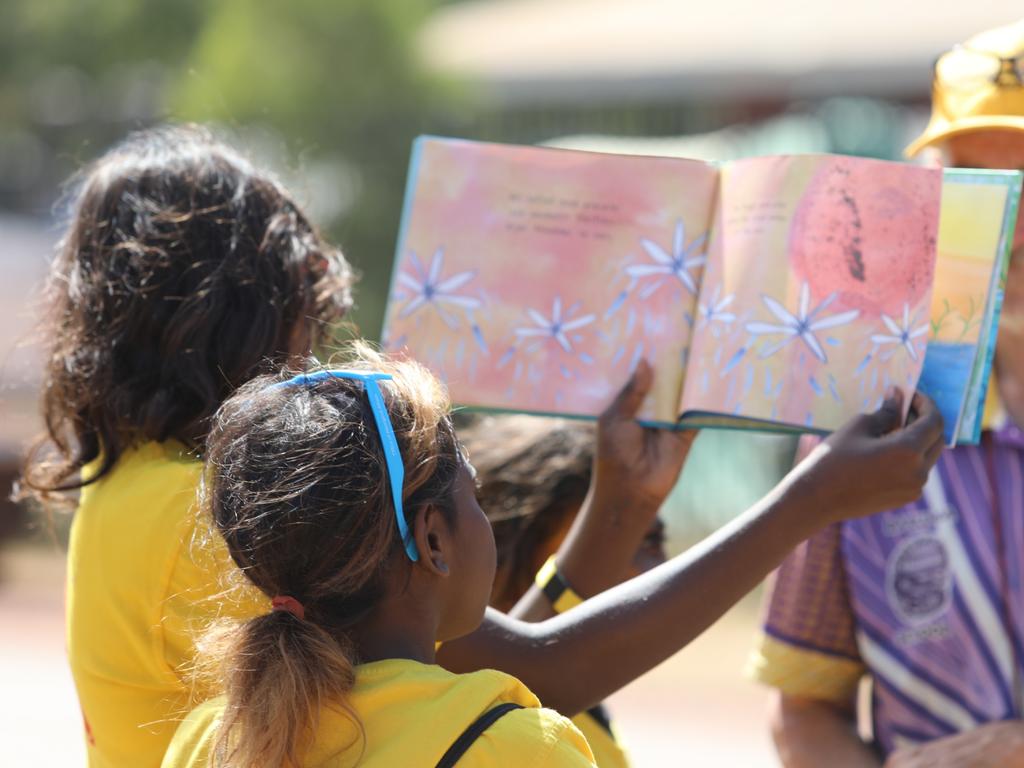
Bilingual books helped young Indigenous readers’ literacy by centring on their own culture and identity, Mr Bowen said.
Books in two languages also help share Indigenous stories and culture with non-Indigenous Australians of all ages.
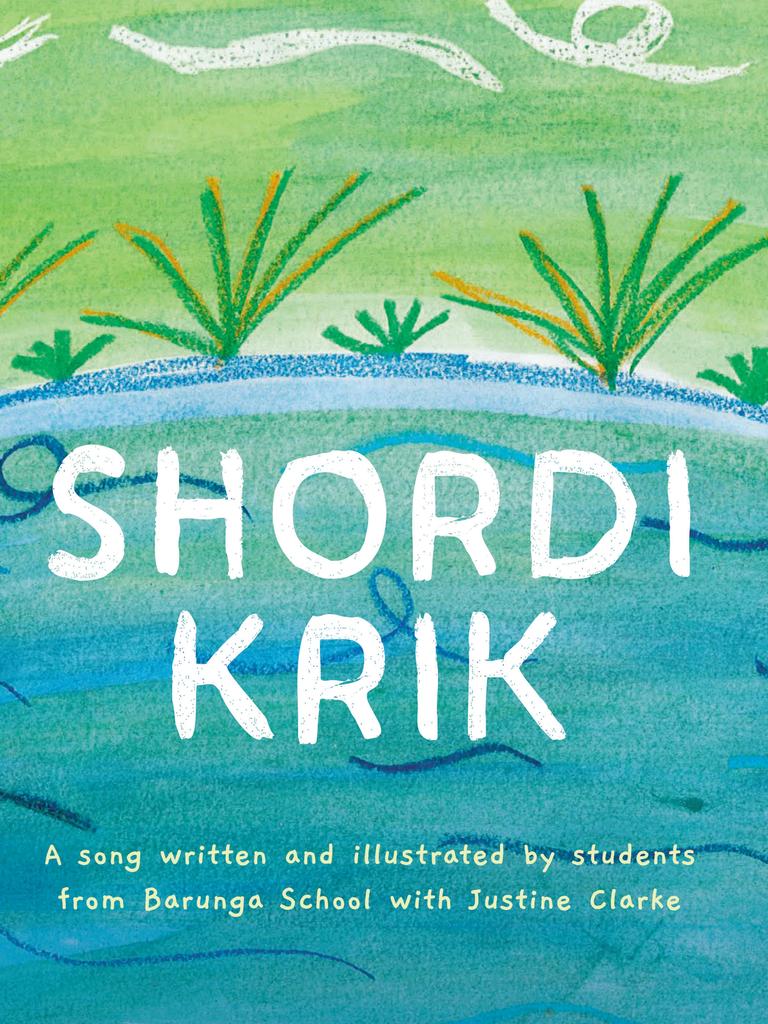
Children’s entertainer and author Justine Clarke is an ILF Lifetime Ambassador*. She has been singing and performing with schoolkids from Barunga in the Northern Territory since 2017. The kids will perform the song Shordi Krik with Clarke live at the Opera House. About their local creek where they play and fish, the book Shordi Krik is published in English and Kriol.

“The Barunga Community holds a special place in my heart, as does this joyful song, now published as a beautiful book,” Clarke said.
“The kids in Barunga are talented songwriters and illustrators* and have developed the words and illustrations to create this book from their own experiences. They speak and sing in multiple languages, including Kriol.”
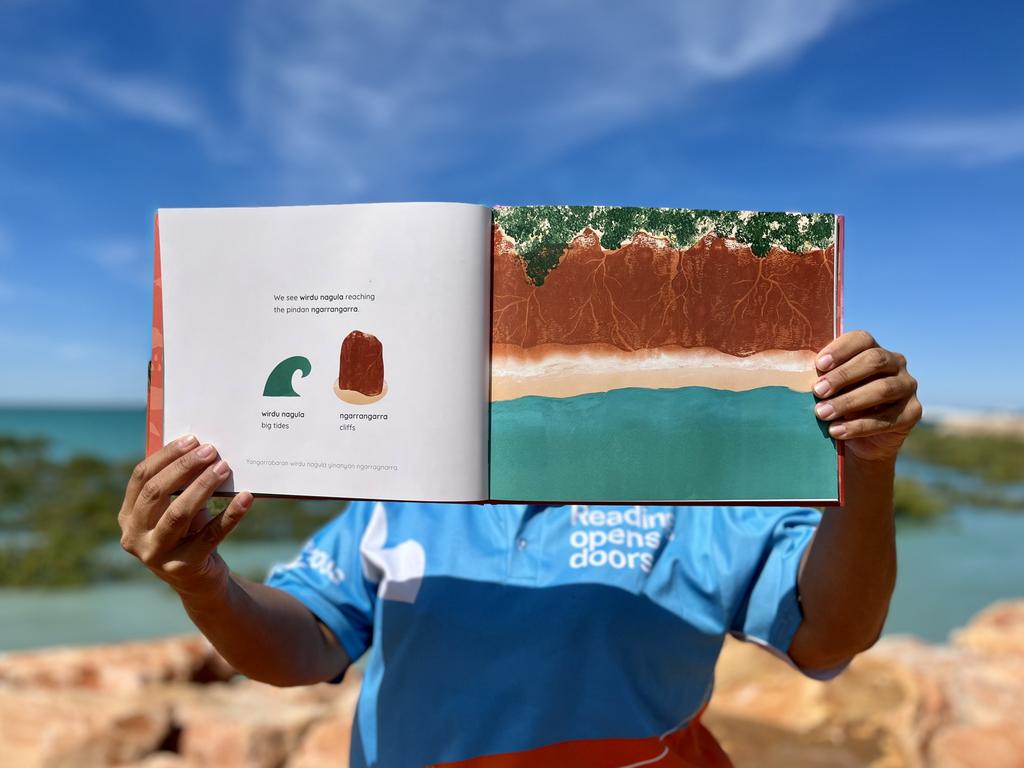
ILF Ambassador, author and educator Shelley Ware wrote the teacher guide to Country Tells Us When, which was written by four Yawuru authors from Broome in WA and will also be showcased at the September 6 event.
“Children around Australia can learn about what Country tells them about when the seasons are, and know that they’re bringing cultures, traditions and stories into classrooms all around Australia,” Ms Ware said.


WHERE ARE INDIGENOUS LANGUAGES SPOKEN?
It may come as a surprise, but there are hundreds of different Indigenous languages spoken across our nation.
According to the Australian Institute of Aboriginal and Torres Strait Islander Studies (AIATSIS), there are more than 250 Indigenous languages, including about 800 dialects*.
“Each language is specific to a particular place and people,” AIATSIS states on its website.
“In some areas like Arnhem Land, many different languages are spoken over a small area. In other areas, like the huge Western Desert, dialects of one language are spoken.”
This interactive map was created based on data provided by AIATSIS, showing the different languages and where they are spoken in different states.
CLICK ON EACH ICON TO LOCATE DIFFERENT LANGUAGES
https://e.infogram.com/9149b99c-b083-4a37-929b-2fe34764faa3?parent_url=https%3A%2F%2Fwww.kidsnews.com.au%2Findigenous-news%2Findigenous-literacy-day-bilingual-books-help-save-ancient-dialects%2Fnews-story%2F3629f6259b0e1f0a4bca6bfec0416967&src=embed#async_embed
According to the Australian Bureau of Statistics (ABS), more than 150 Aboriginal and Torres Strait Islander languages were spoken in 2021, with 76,978 (9.5 per cent) speaking an Indigenous language — up from 63,754 (9.8 per cent) in 2016.
This included:
• 52,139 people who spoke traditional languages
• 15,026 people who spoke new contact languages* (Kriol, Yumplatok, Gurindji Kriol and Light Warlpiri)
• 1371 people who spoke of Aboriginal English
There is a growing movement to save these languages from dying out.
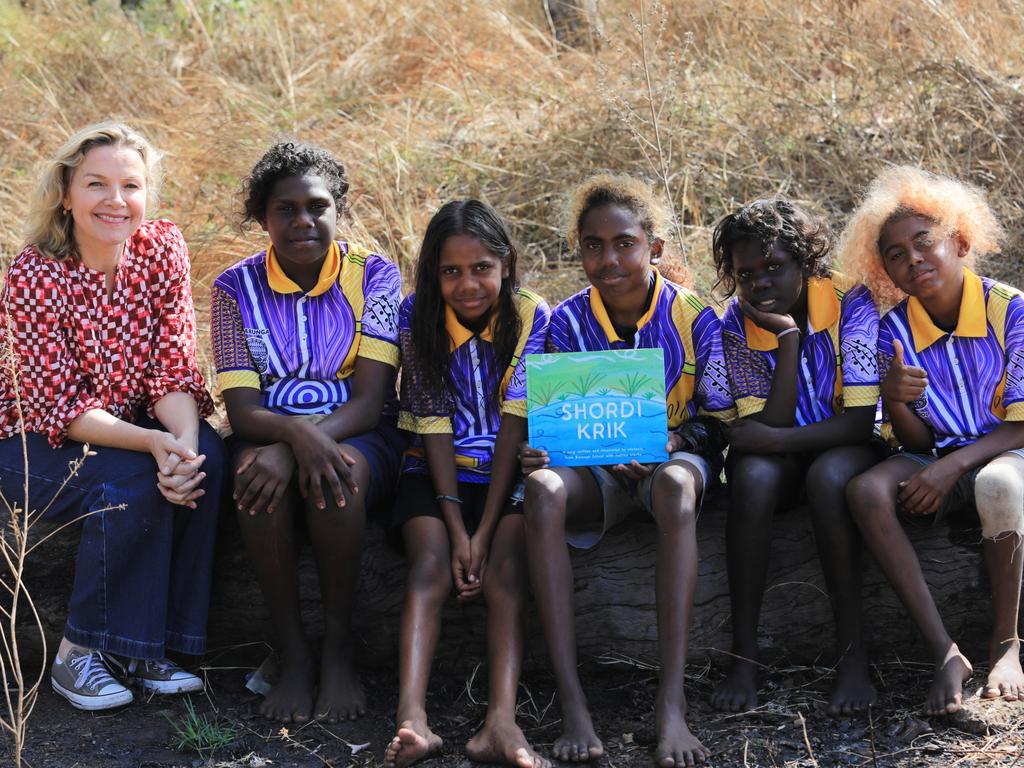
The most commonly spoken languages overall in 2021 were Yumplatok (Torres Strait Creole) in QLD; Kriol; and Djambarrpuyngu, which were both more common in the NT.
Most Indigenous languages were spoken in the NT (58.5 per cent) — and the least spoken in Tasmania (0.6 per cent).
“These are Australia’s languages, these aren’t spoken anywhere else in the world,” said
Research Unit for Indigenous Language Associate Professor Nicholas Thieberger. “They are part of a part of our collective* treasures in Australia.”

WHERE DO INDIGENOUS AUSTRALIANS LIVE?
Australia’s First Nations peoples have lived on our continent for about 60,000 years, making them the oldest continuous culture* on the planet.
Aboriginal and Torres Strait Islander Australia is a rich mix of different groups, each with their own culture, customs*, laws and languages.
This vast cultural diversity* means that, wherever you are in Australia, you are on the lands and waters of our First Nations Peoples — towns and cities that you may better know by their English place names, but which have ancient Indigenous names and an ancient history. These include the Eora nation of Sydney, the Kaurna people of Adelaide, the Larrakia of Darwin and the Whadjuk of Perth.
https://e.infogram.com/03da1d98-c844-4d35-9b01-fbeaebe4a5c7?parent_url=https%3A%2F%2Fwww.kidsnews.com.au%2Findigenous-news%2Findigenous-literacy-day-bilingual-books-help-save-ancient-dialects%2Fnews-story%2F3629f6259b0e1f0a4bca6bfec0416967&src=embed#async_embed
To register for the free ILD livestream event on Friday 6 September at Sydney Opera House, teachers can visit ilf.org.au
POLL
How important is it that Indigenous Australian children learn, use and preserve their own languages?
Really important
Somewhat important
Not that important
Not important at all
UnsureCast your vote
GLOSSARY
- bilingual: expressed in two languages
- literacy: the ability to read, write and spell
- showcasing: displaying, showing the best examples of something
- livestream: a broadcast video streamed over the internet for live viewing
- foundation: a trust or non-profit organisation that funds other organisations or individuals for charitable reasons
- culture: the way of life, customs and beliefs of a particular group of people
- UNESCO: United Nations Educational, Scientific and Cultural Organization, a specialised agency of the UN
- decade: ten years
- highlights: shows clearly, emphasises, reveals
- securing: making certain something is protected from danger or risk
- identity: distinguishing characteristics, personality and history of a person or group
- ambassador: a person who represents or speaks for a particular organisation or group
- illustrators: artists who draw the pictures in a book
- dialects: regional varieties of a language with different features of vocabulary, grammar, and pronunciation
- new contact languages: languages created from contact between two or more existing languages
- continuous culture: oldest way of life, oldest group of people and practices
- customs: beliefs and behaviours common to a group, the usual way of doing things
- diversity: many different types of people and things
EXTRA READING
Jess Mauboy and Mitch Tambo sing the same tune
Song to save Indigenous languages
Healthy Harold empowers Indigenous youth
QUICK QUIZ
- What period does UNESCO’s Decade of Indigenous Language cover?
- What is the bilingual book Shordi Krik about?
- When is Indigenous Literacy Day and where will the livestream event take place?
- How many Indigenous languages and dialects are there, according to AIATSIS?
- Approximately how long have Australia’s First Nations Peoples lived on our continent?
LISTEN TO THIS STORY
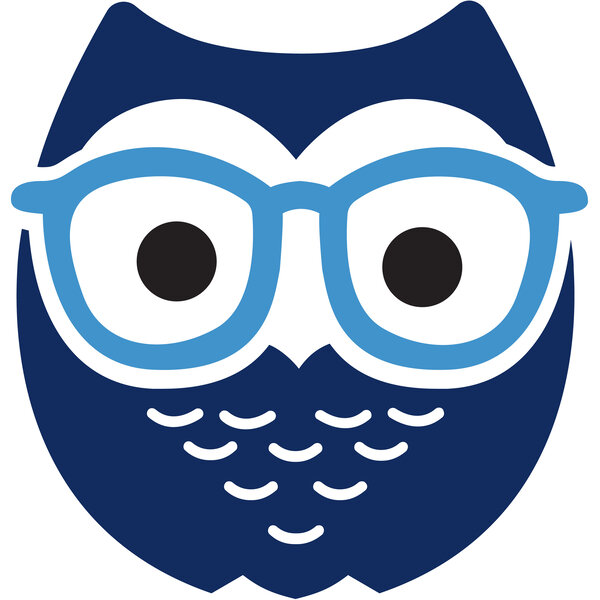
Kids News
Bilingual books take centre stage
00:00
06:01
CLASSROOM ACTIVITIES
1. Do you know?
What is your local Indigenous language? (Use the AIATSIS map if you need to find this out.) Do kids in your school learn this language? Write a list of what you think the benefits are of learning your local Indigenous language for you and your community.
Time: allow 15 minutes for this activity
Curriculum Links: English, Personal and Social Capability, Intercultural Capability
2. Extension
What is the difference between a traditional language, a new contact language and Aboriginal English? Brainstorm what you think each term means. Then, use your research skills to check and change your answer if you need to.
Time: allow 20 minutes to complete this activity
Curriculum Links: English, Languages
VCOP ACTIVITY
Promoting bilingual books and Indigenous languages
With a partner, read the article and gather information about the importance of Indigenous languages and bilingual books for Indigenous readers. While you are reading, try to think about why it’s important for all students to learn about Indigenous languages and cultures.
Discuss the main points from the article.
Discuss your thoughts on why learning about Indigenous languages and embracing bilingual books is valuable for all students.
Together, write a persuasive paragraph (six to eight sentences) encouraging fellow students to learn about Indigenous languages and embrace bilingual books. Use information from the article and your discussions.
Explain why it’s important for everyone to understand and respect Indigenous languages and cultures.
Mention how bilingual books can help in this process and why it’s beneficial for personal growth and appreciation of diversity.
Include reasons why understanding Indigenous languages is important, and how bilingual books can help bridge cultures.
Use persuasive language to inspire students to appreciate and respect Indigenous languages.
Edit and Up-level: After writing, read through your tribute aloud to yourself to make sure your ideas are clear, there are no omissions, and the writing makes sense. Next, you can check for any spelling or grammar mistakes that you can fix.
Time: allow at least 30 minutes to complete the task
Curriculum Links: English, Oral Language, Big Write, VCOP, HASS

